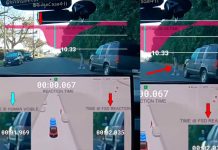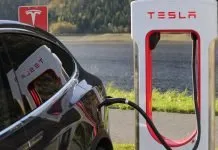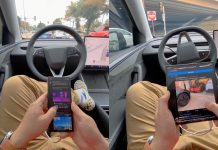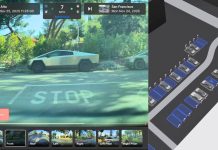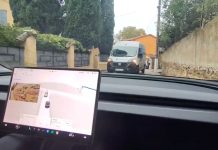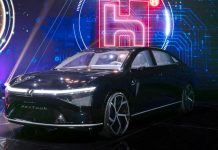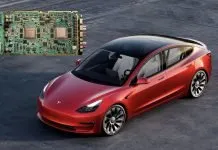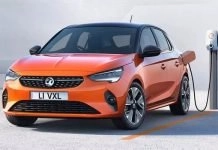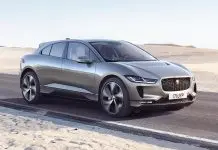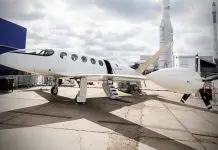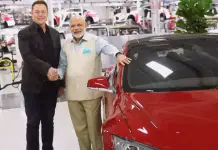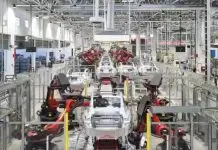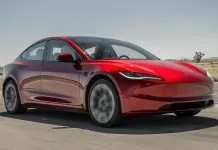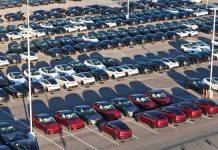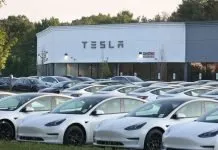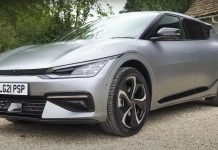The stock of Tesla Inc. ($TSLA) is again in the middle of a Wall Street frenzy. Various analysts and institutional investors are making bold projections, which indicate that the share may reach between $500 and $750 per share by the end of 2025, implying that it will have gained more than 100% of its current value.
The newfound optimism is driven mainly by the entry into Full Self-Driving (FSD) technology, the much-hyped introduction of Robotaxi services, and an increasing belief among investors in Optimus, the Tesla humanoid robot.
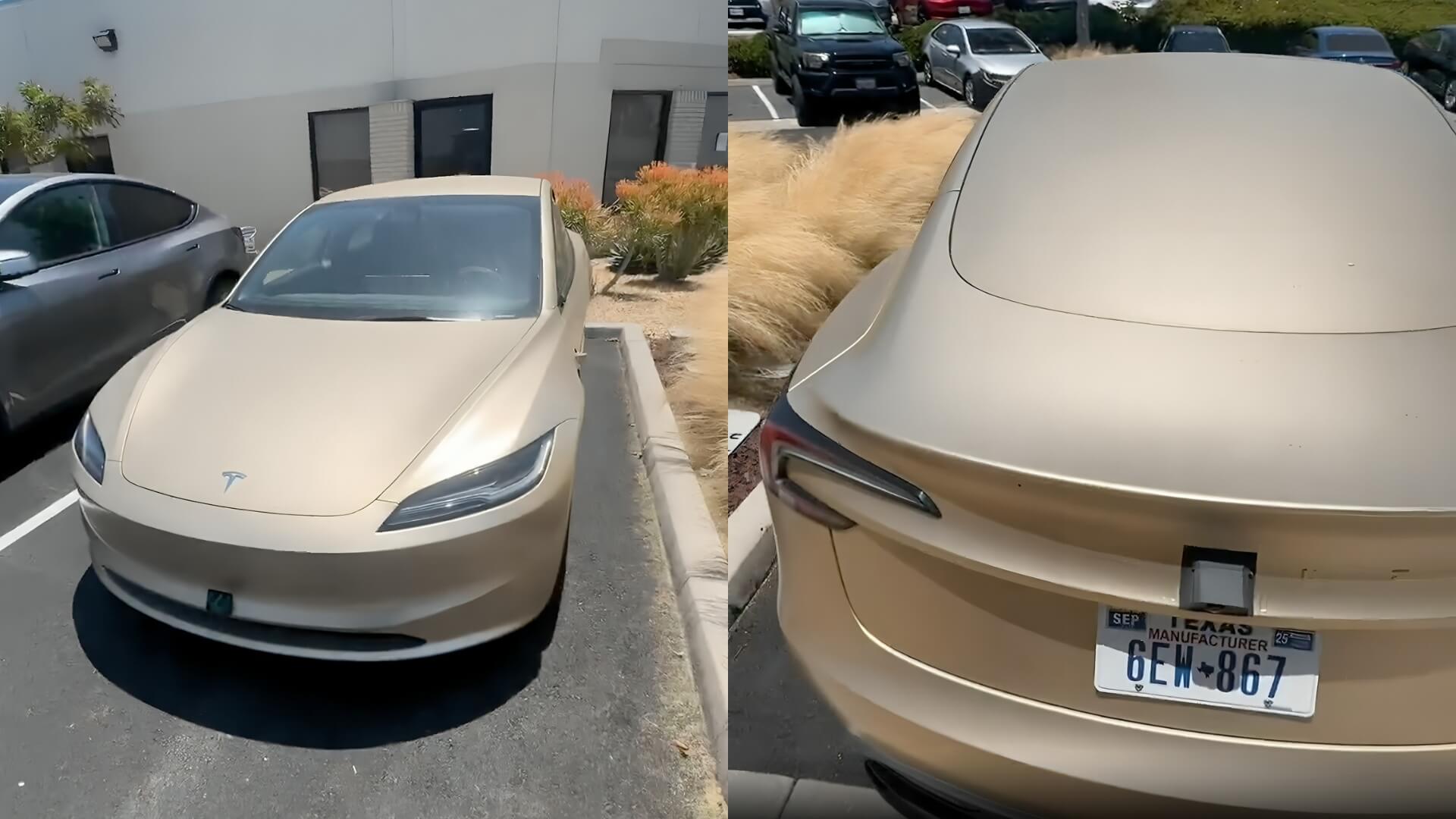
The Technology Behind the Boom
The main driving force behind such a bullish sentiment is the Full Self-Driving platform developed by Tesla, which has recently achieved considerable progress in the past few months. The FSD not only saved a driver from an accident, which was first thought to be caused by the FSD, but also the FSD v13.2.6 managed to drive without causing any accidents in the busy streets of China.
Elon Musk has numerous times asserted that Tesla is close to achieving Level 4 or 5 autonomy, a level that would enable its cars to drive themselves in most circumstances. Although regulatory approval is still a major obstacle, beta testers and early adopters are saying they are seeing significant increases in FSD performance, especially in complicated urban scenarios.
The Robotaxi network, introduced by Tesla, is directly related to the FSD release. Musk has vowed to roll out a fleet of autonomous, ride-sharing cars by Tesla as early as this year. Should it succeed, it would disrupt the conventional rideshare business, cut down transportation expenses considerably, and generate a huge new income channel for Tesla. With plans for rolling out more than 1,000 Robotaxis in Austin within a few months and getting the green light in California, there is a great future ahead for Robotaxis.
To make the event more exciting, there is Optimus, the humanoid robot developed by Tesla with AI, which Morgan Stanley declared a $5 trillion opportunity. Mostly recently, however, the robot has demonstrated an increasing range of capabilities, with recent demonstrations (although still met with skepticism) showing the robot handling increasingly sophisticated tasks, such as warehouse work, and even aiding in simple manufacturing operations.
Elon also shared that Optimus aims for a $20,000 Price tag, which is cheaper than a yearly Human Salary. Although in the prototype stage, Optimus is part of Tesla’s larger vision to dominate the field of general-purpose robotics. If mass production is viable, this will present the company with another multi-billion-dollar market.
Wall Street Analysts Chime In
In the last month, several high-profile analysts increased their price targets on Tesla:
- Wedbush Securities updated its bull-case scenario to $750, with the note that there are going to be “unprecedented advances in autonomy and AI.”
- Goldman Sachs set a year-end target of $600 and called out the Robotaxi opportunity as a “transformational pivot point.”
- ARK Invest, which has a long history of being aggressive on Tesla, is now modeling $TSLA as having a chance to reach $1,200 by 2027 should FSD adoption go to scale and Robotaxi networks go live in several cities.
It is not just the analysts who are bullish. Large institutional buyers have been buying more Tesla shares. BlackRock, Vanguard, and Fidelity have all increased their positions in Tesla as per recent 13F filings, indicating greater institutional confidence in the long-term vision of the company.
Risk and Reality Check
Though the buzz is exciting, not all are buying it. The skeptics note that Tesla has over-promised before, especially with regard to autonomy timeframes. Tesla also suffered a 45% sales decline in Europe. The status of Regulatory approval of Robotaxis is unclear, and the FSD platform continues to be investigated in various countries, such as the U.S. and Germany. A survey found out that 94% of Germans won’t buy a Tesla.
In addition, competition has been increasing in the wider EV market, particularly Chinese automakers such as BYD and NIO, which managed to surpass Tesla, which are ramping up quickly at competitive prices and with cutting-edge features like 5-minute fast charging. The profit margins in the industry have been converging, and Tesla has been engaging in sharp pricing mechanisms that have affected its short-term financial results.
Impressive as it is, Optimus is a long way from commercial use. AI robotics is yet to prove itself as a business model, and years, if not decades, of scaling are needed in the case of general-purpose humanoid robots.

